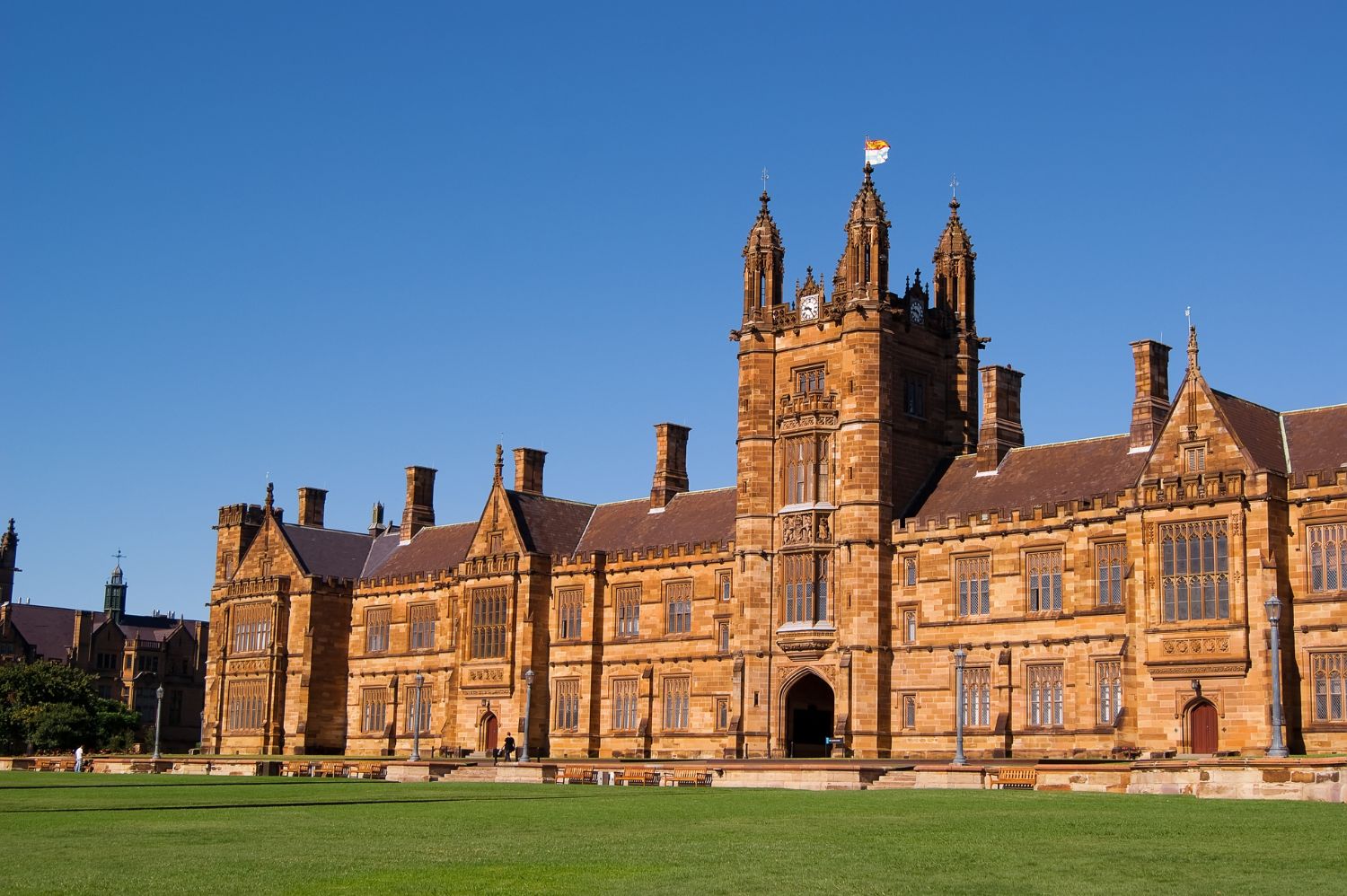
November 12 2025
Indian medical students shift focus to Georgia amid ongoing Ukraine war
As the conflict between Russia and Ukraine enters its fourth year, India's medical students are increasingly opting for education in Georgia rather than the war impacted Ukraine. Data from the Reserve Bank of India (RBI) shows that Indian remittances for education in Georgia jumped dramatically from US $10.33 million in 2018-19 to US $50.25 million in 2024-25 - nearly a five fold increase.
In contrast, funds being sent for education in Ukraine dropped from US $14.80 million in 2018-19 to only US $2.40 million in 2024-25. Moreover, the number of Indians who listed “study or education” as their purpose for going abroad rose from 4,148 in 2019 to 10,470 in Georgia in 2023, a growth of 152 %.
What makes Georgia attractive?
Experts point to three main factors:
European location and exposure: Georgia offers proximity to Europe, which adds appeal for students seeking broader experiences.
Lower cost: Tuition and living expenses are markedly lower than in many Western countries, making it financially viable.
Simpler residency and visa frameworks: Georgian laws make student stays and post-graduation options more accessible.
One consultant, Pratibha Jain of Eduabroad Consulting, noted: “Georgia had already been popular for its medical courses. It became much more attractive after the war began.”
Broader shifts in Indian student migration
While Georgia has been a standout, the report finds that India’s education related outward remittances show mixed trends. While countries like the United States and United Kingdom remain prominent, many students are exploring alternatives. For example, Indian spending on education in Russia rose from US $22.48 million in 2023-24 to US $69.94 million in 2024-25, a marked jump despite geopolitical caution. The data underscores how conflict and global conditions are reshaping where Indian students choose to study.
How Other Countries Fared in 2024-25: Shifts in Indian Students’ Overseas Education Spending
Data presented in Parliament has revealed notable shifts in the destinations chosen by Indian students for higher education during 2024–25. Canada, the USA, the UK, Australia, and Germany continued to be the top five preferred countries. However, remittance trends under the Reserve Bank of India’s Liberalised Remittance Scheme (LRS) — which allows Indian residents to send up to $2,50,000 abroad annually — showed significant changes compared to 2023–24.
Remittances for education in the United States, the leading destination for Indian students, declined by 10% year-on-year. Canada witnessed the sharpest fall, with a steep 43% drop, reflecting possible impacts from visa restrictions and evolving immigration policies. Australia also recorded a modest 5% decline in remittance outflows.
In contrast, the United Kingdom registered a 12% increase, suggesting sustained student interest despite rising living costs. Germany emerged as the biggest gainer, with a remarkable 70% surge in remittances for education, signaling growing preference for its affordable, high-quality academic programs.
These trends indicate a gradual diversification in Indian students’ overseas education choices, influenced by global policy shifts, cost factors, and emerging opportunities in Europe.
Recent updates

Australian university offers up to ₹29 lakh scholarship for Indian students
November 3 2025

New UK Visa Rules Introduced: Higher Financial Proof and Post-Study Work Changes
October 27 2025

Entry to UK becomes tough as new English language tests for skilled visa applicants imposed
October 27 2025

Why New Zealand Is Emerging As A Top Choice For Indian Students
October 27 2025

Nine UK universities to set up campuses in India: PM Modi
October 22 2025

Top 10 Global Universities in the Times Higher Education Rankings 2026
October 21 2025

Top Banks Offering Lowest Interest Rates on Education Loans for Studying Abroad
October 21 2025

University of Worcester Offers £3,000 Scholarships to Indian Students
October 18 2025

France Emerges as a Leading Alternative to the US for International Students
October 18 2025







